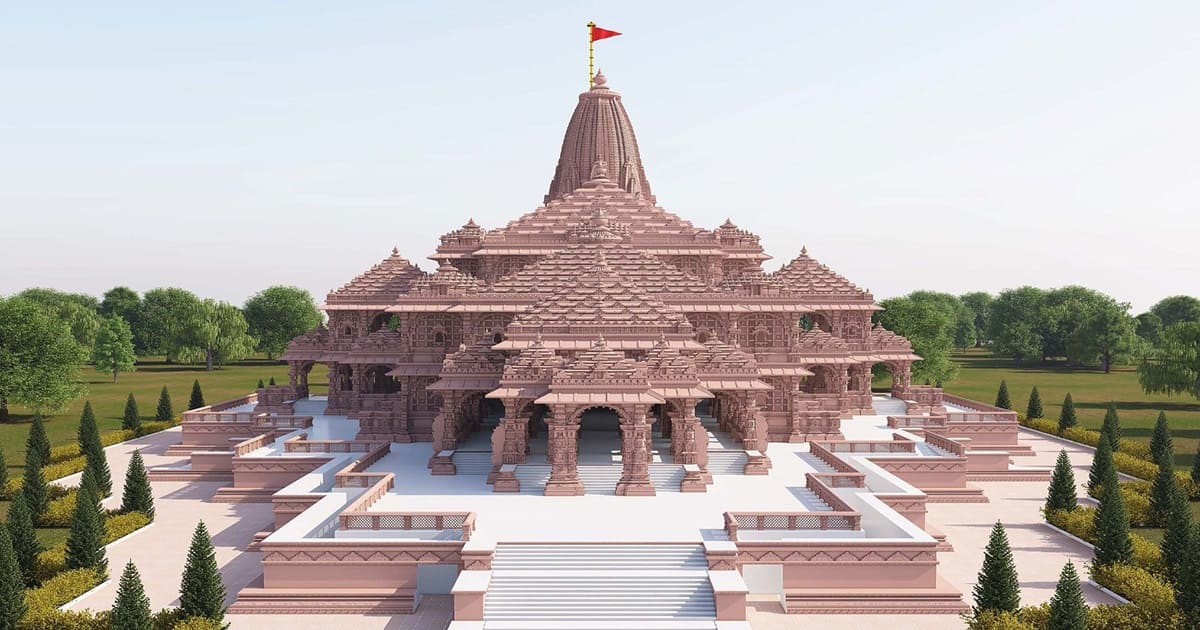
With the much-anticipated opening of Ayodhya’s Ram Mandir drawing near, the official date of the ceremony is January 22, 2024. The five-year-old Ram Lalla’s hallowed statue will be placed in the sanctuary at precisely noon on the auspicious Abhijeet Muhurat. Prominent figures, such as Prime Minister Narendra Modi and Chief Minister Yogi Adityanath, are set to honor this momentous occasion.
The temple, dedicated to Lord Rama, was seen as the new capital of spirituality in India. It is going to hold a lot of prominence not only in spiritual terms but also in the socio-political facet. With assistance from all around the world, the building of the Ram Temple becomes a cooperative endeavor. Notable contributions include holy water and soil from Thailand and the declaration of festivals for the Hindu people of Mauritius. In Uttar Pradesh, the consecration event is expected to be a joyous extravaganza that would elevate it to the rank of a significant festival.
ADVERTISEMENT
After months of careful planning, invitations have been sent to more than 7,000 people, of whom about 3,000 are VIPs (politicians, corporate executives, celebrities, and cricket players). Everyone in the country is looking forward to this historic occasion, highlighting the general excitement that surrounds it.
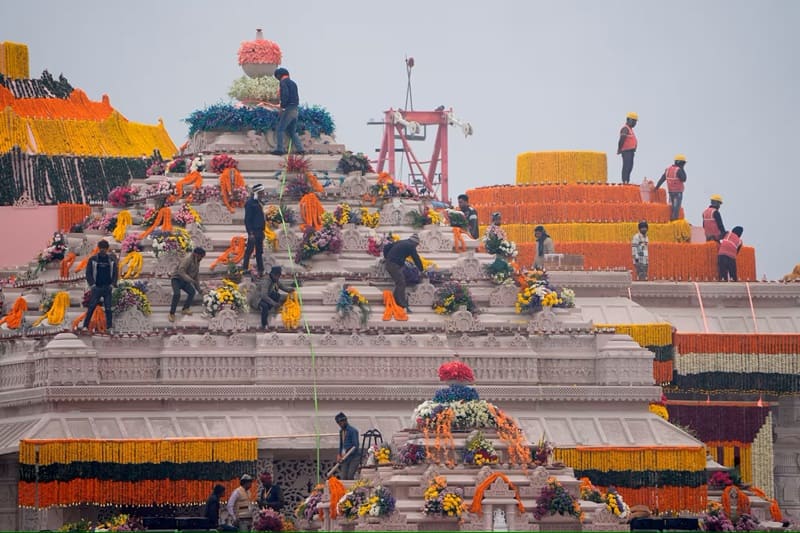
However, unknown to most people, Ayodhya’s temple is remarkably more than simply a site of worship. Remarkably, it is an amalgamation of spirituality and contemporary science. The carefully crafted structure of the temple will provide 1000 years of durability.
The marvelous structure of Ram Mandir
The Ayodhya Ram Temple was built by Larsen & Toubro under the shrewd direction of Tata Consulting Engineers Limited. It is a marvel of contemporary engineering, built not just to survive earthquake pressures and flooding but also to last for a millennium. Examining the minute elements of its construction reveals a combination of creative methods and careful planning.
The temple, which takes inspiration from the old Nagara architectural style, is characterized by its 360-pillar construction, all of which are made of stone as opposed to more modern materials like cement, iron, or steel. This strategic choice aims to enhance earthquake resistance, given the stone’s superior lifespan and durability.
ADVERTISEMENT
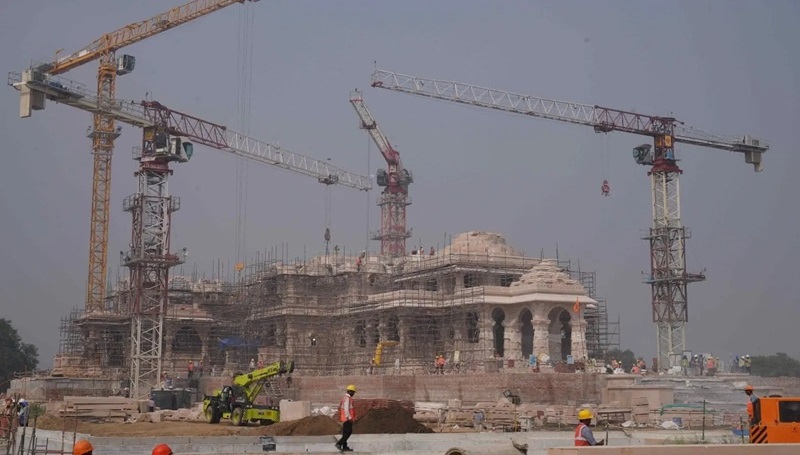
A groundbreaking element in the temple’s construction is its foundation
Resting on a formidable 15-meter-thick layer of rolled compacted concrete. It consists of 56 layers of compacted concrete made of fly ash, dust, and chemicals. This will offer a sturdy basis for the building. A granite plinth that is 21 feet thick and purposefully shaped to protect the temple from dampness further strengthens the foundation.
The temple’s foundation is supported by pillars that are comparable to those that hold enormous bridges across powerful rivers. It will provide stability in the event of an earthquake. Plants for breaking ice were stationed on the premises. Additionally, the foundation was filled only at night in order to reduce the effect of outside temperatures.
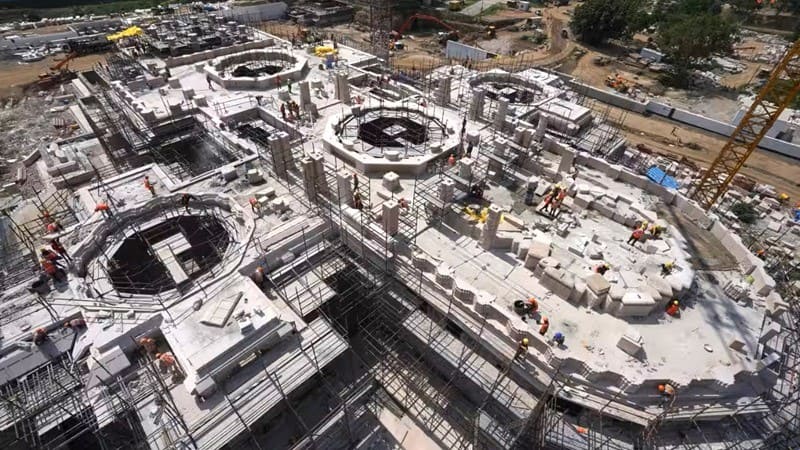
Built to withstand earthquakes up to a magnitude of 6.5
The Ayodhya Ram Temple is a masterpiece of engineering and architecture, built to withstand earthquakes up to a magnitude of 6.5. Therefore, it is expected that it will have a 1,000-year maintenance-free lifespan. Utilizing a data-driven methodology, the building team painstakingly assessed the magnitude of past earthquakes in Ayodhya, Nepal. Later on, they also mimicked similar circumstances in lab simulations, resulting in the creation of a distinctive and seismically robust foundation.
On the advice of the Indian Institute of Technology in Chennai, engineers dug up fifteen meters of new soil, replacing the clayey topsoil. This innovative soil, capable of solidifying into stone within 14 days, was meticulously layered 47 times during the construction process. Applauded by the Director of the Central Building Research Institute (CBRI) at CISR-Central Building Research Institute (Roorkee), the temple’s construction employs stone. It not only guarantees longevity but also removes the problem of disintegrating iron.
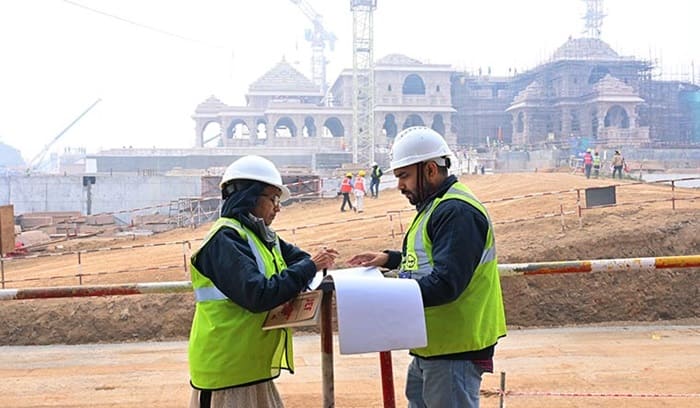
Given the area’s history of flooding, experts determined the temple’s construction level’s safety from any future floods. Additionally, a unique noon reflection system created by CBRI has been added. It directs sunlight onto the idols’ foreheads during Ram Navami to improve the devotees’ spiritual experience.
Seen as a perfect fusion of modern science and spirituality, the recently constructed Ayodhya Ram Temple is evidence of how well traditional faith and cutting-edge architecture can coexist.
ADVERTISEMENT
Also read: Everything About The Ram Mandir Time Capsule That Will Be Placed 2,000 Feet Under The Temple
ADVERTISEMENT











